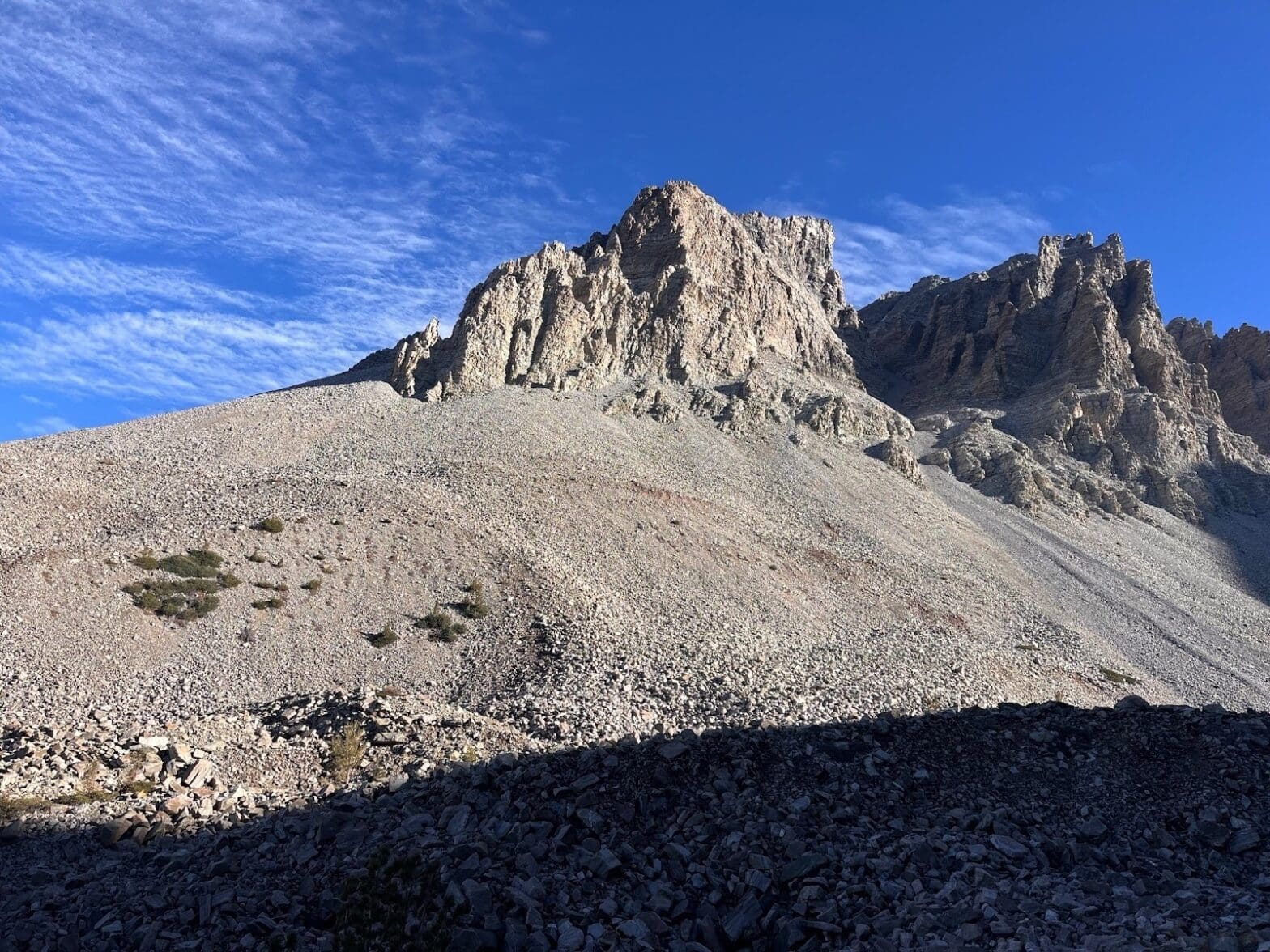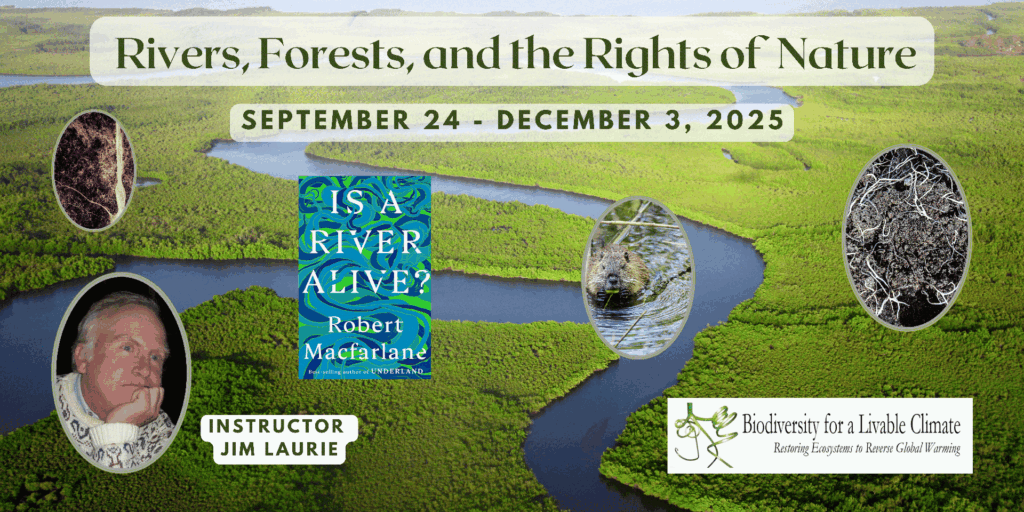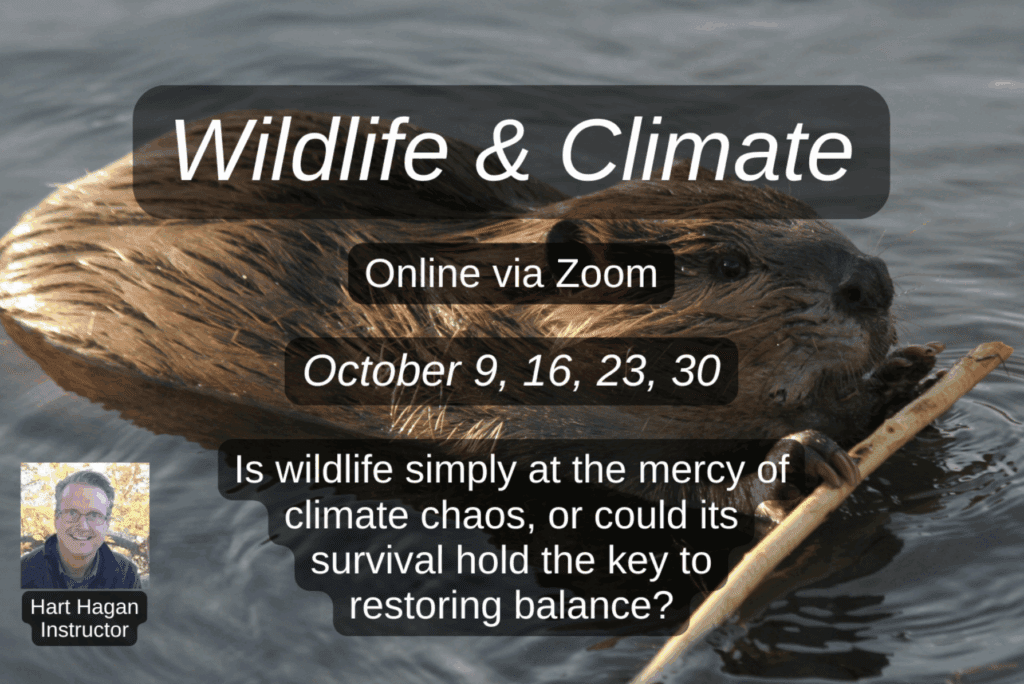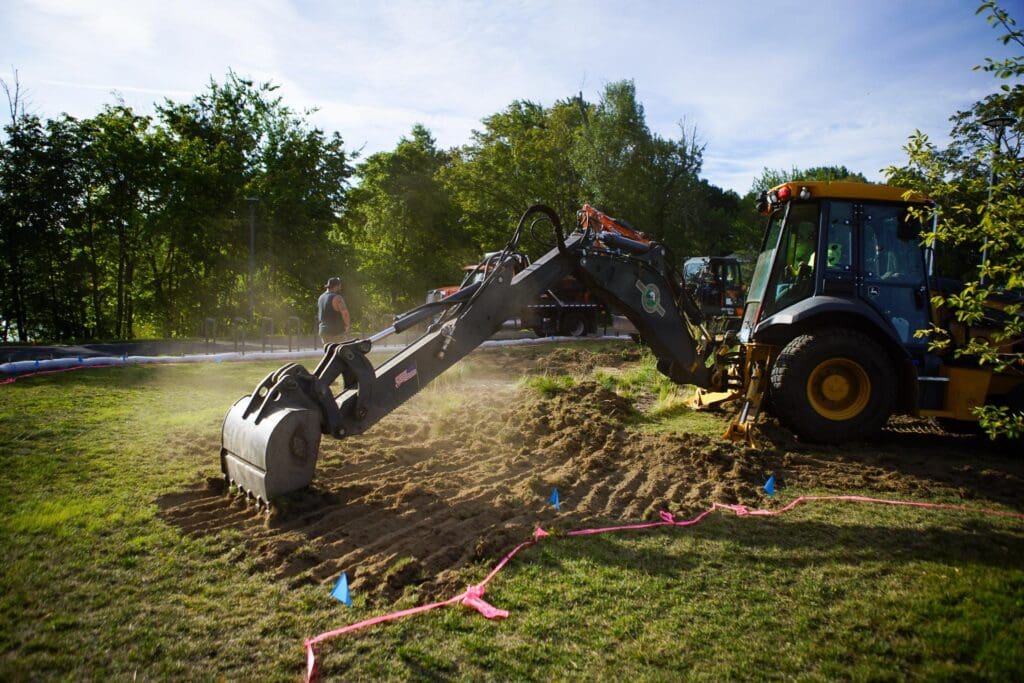What creature stands still for thousands of years, weathering wind, drought, and time itself, yet still grows inch by inch in the high mountains out west?
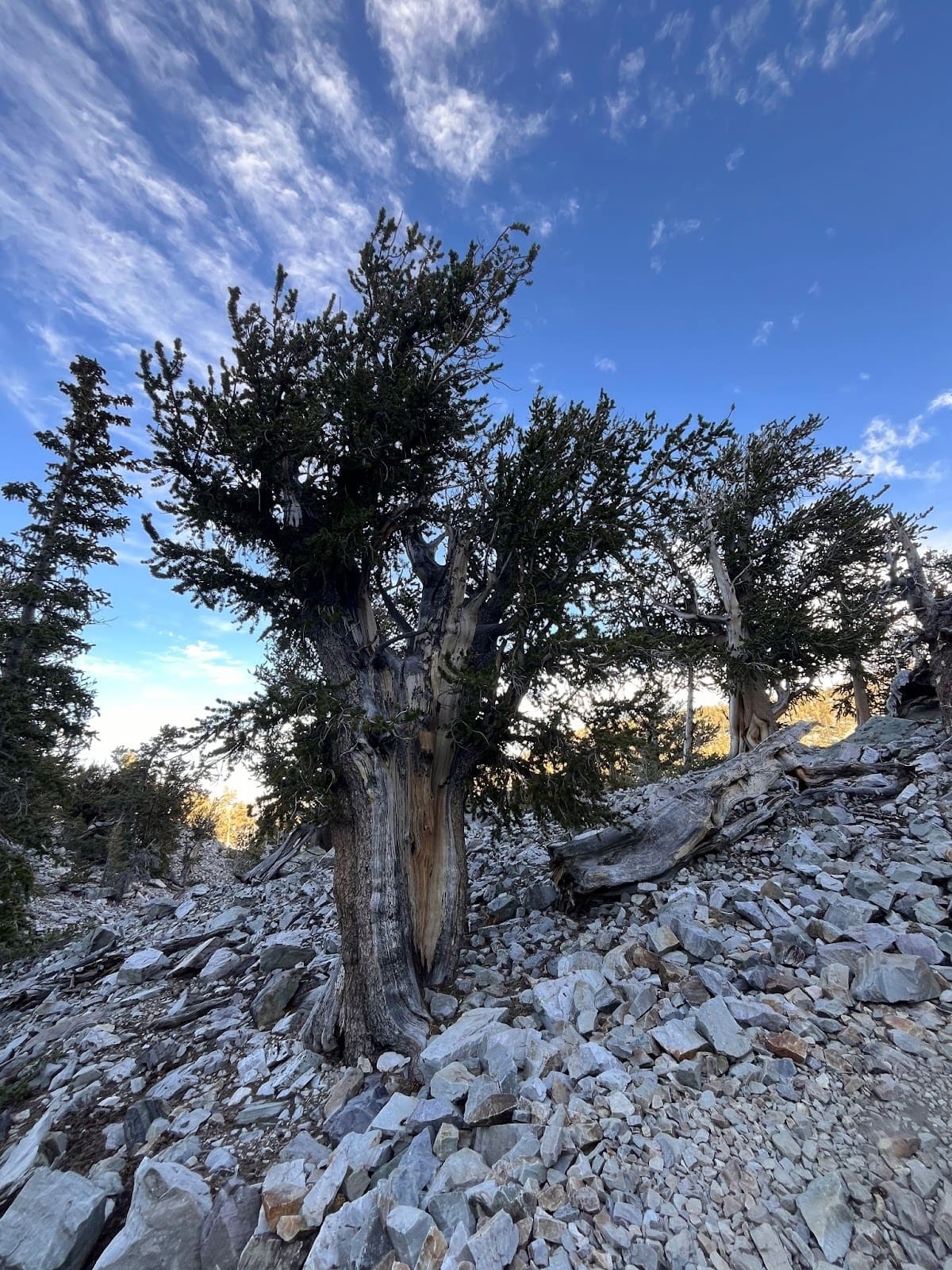
I’m standing next to one of the world’s best timekeepers. The timekeeper keeps the time for thousands of years, and right now, I hold just this moment. The ground is loose, with the rocks shifting under my weight. There’s not a cloud in the sky, with the vibrant blue bringing the seemingly drab landscape to life. I take a deep, relishing breath. The air in these high altitude mountains seeps into my soul and lives in my veins. It is here, where the air is precious, the sky is close enough to touch, and the silence encompasses your being, that I truly feel at home.
In this alpine ecosystem, I share a few moments of time with the oldest living non-clonal organism on Earth – the Great Basin Bristlecone Pine (Pinus longaeva). Scattered in pockets across California, Utah, and Nevada, these trees thrive in rugged environments above 5500 ft (Lewis, 2024, p. 4). The Great Basin Bristlecone Pine (GBBP) is tolerant of drought conditions and bends in response to intense winds. Old needles are able to continue essential photosynthesis functions, with some staying on the tree for up to 35 years. Each century, these trees grow about 1 inch in diameter (Lewis, 2024, p. 4). In their ability to thrive at elevation and to grow unhurriedly, these trees are the embodiment of longstanding resilience. When people talk about the GBBP, they talk about the depth of time captured within the roots, trunk, and gnarled appearance. I’m standing by this mighty being for just a millisecond in its lifespan. My feet touch the same rocks into which the roots extend, we both take a breath of the same brisk mountain air, and the same wind bends our bodies to and fro. At this moment, we are the same.
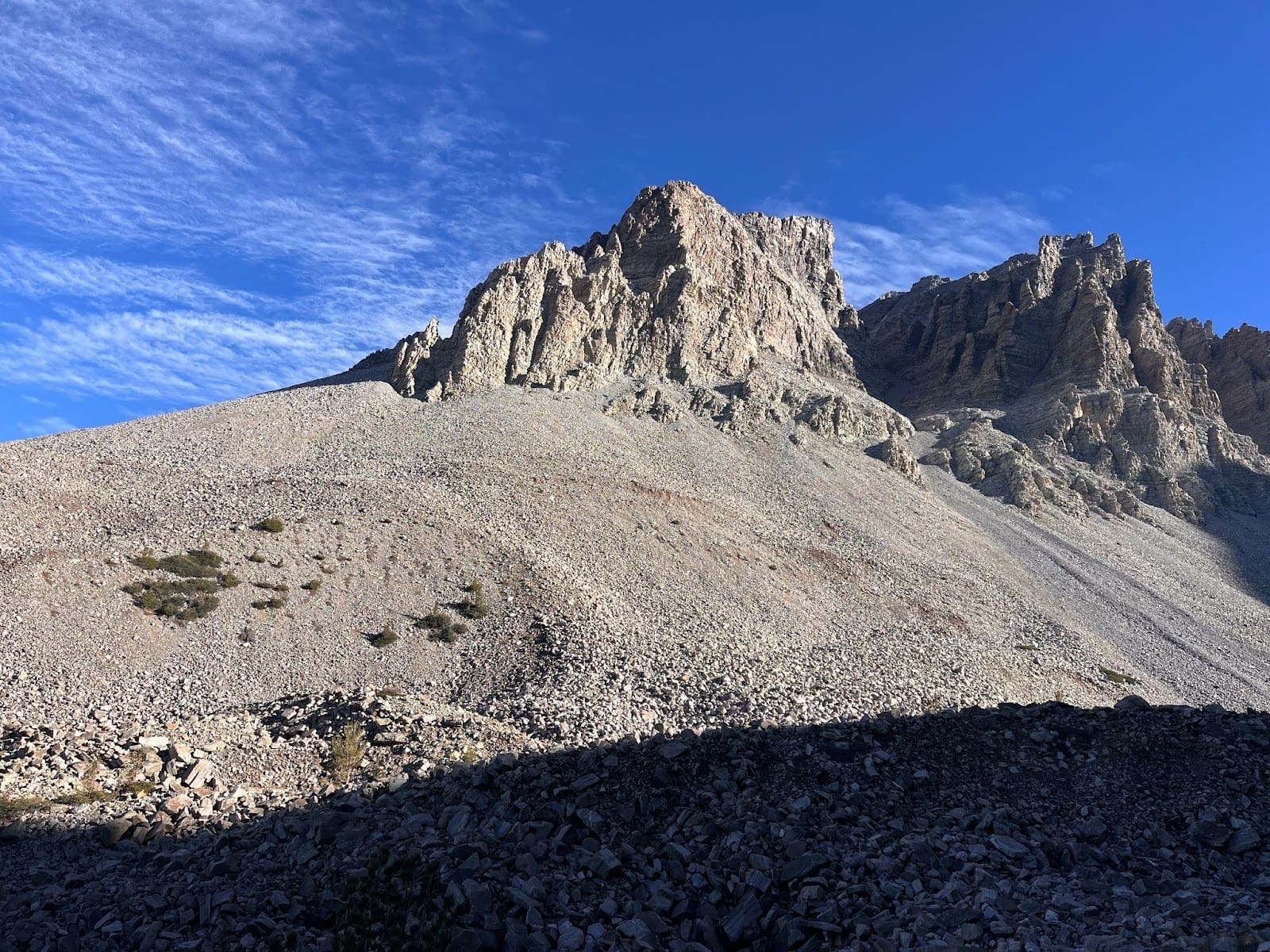
While the jagged mountains loom above and the bristlecone pine latches to the tough soil, I know the landscape has not always been this way. The Earth is ever-evolving. It tugs and pulls, compresses and tenses, and takes on new forms from recycled material. Let’s look back to the formation of these mountains, and the creation of a harsh alpine environment in eastern Nevada. This region is known as the Basin and Range, and is defined by flat landscapes and steep mountain ranges, which form as a result of tectonic plate movement. As the Earth’s crust stretches, it fractures and creates faults in the bedrock. The extension that defines the Basin and Range region forms horsts and grabens, which form the steep mountains and flat, sediment-rich plains that we navigate today. Many GBBP are found in the high-reaching regions of the horsts of these geological formations. The Snake Range, home to Great Basin National Park and many GBBPs, formed as a result of crust extension in the region about 35 million years ago.
Flash forward in time to the Quaternary Period, which began about 2.6 million years ago. The Earth went through a series of glacial and interglacial cycles, which involved the cooling and warming of the planet due to changes in Earth’s orbit and the radiation reaching Earth’s surface. The glacial periods are marked by the growth of glaciers, which are masses of accumulated ice, sediment, and rocks that shape local landscapes. During the Quaternary Period, glaciers carved out the basins and ranges of Nevada. After a period of cooling in the Holocene, an epoch within the Quaternary that began about 10,000-12,000 years ago, a series of rock glaciers formed throughout the Snake Range. These glaciers are coated with thick layers of debris that increase resistance to melting. To this day, a rock glacier persists at the foot of Wheeler Peak, with a sea of GBBP towering above.
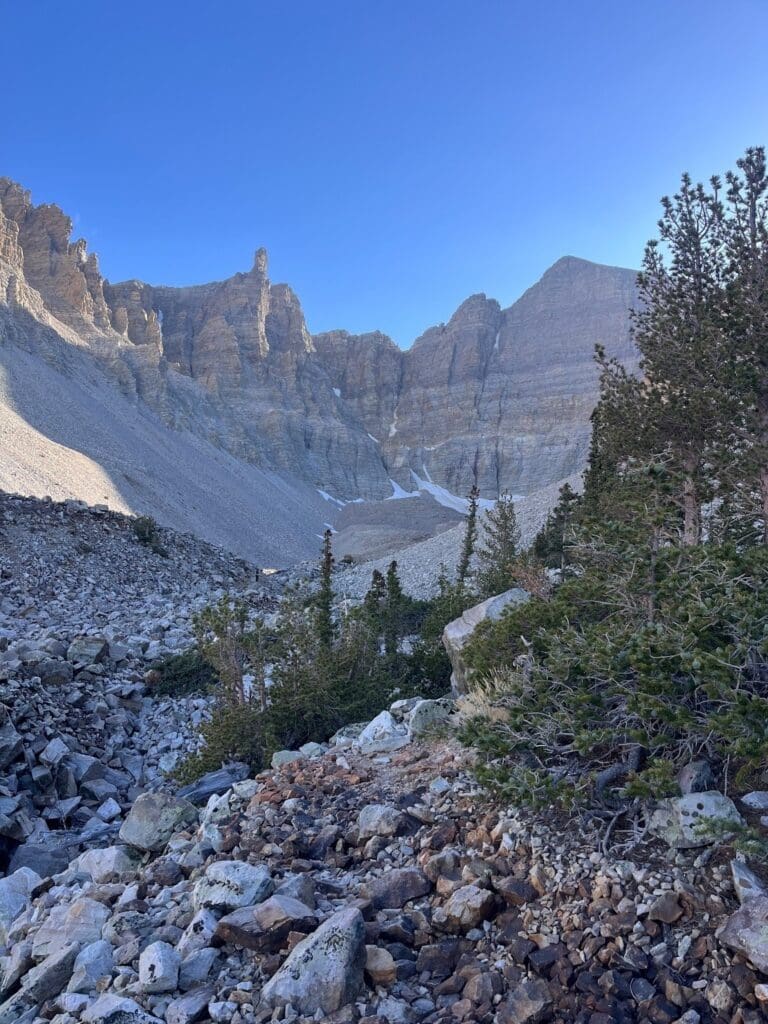
About 5,000 years ago, a monumental moment took place on Wheeler Peak. A seed drifted in the wind. It floated through the breeze, gliding down before landing gently on the exposed, rocky surface. This little seed grew into one of the oldest GBBP – named Prometheus.
Graduate student Donald Currey studied glacial landforms near Wheeler Peak during the 1964 summer field season. He received permits from the U.S. Forest Service to collect samples from many of the bristlecone pines in the area to learn more about the glacial geology underneath. This study of the bristlecone pines was designed to look at seasonal changes in growth. One tree on the mountain, Prometheus, was thought to be 4,000 years old. Currey identified this famous tree, and sources debate over what happened next. But at the end of the day, Currey had research permits and cut down the tree, only to find that Prometheus was about 4,900 years old – making this ancient tree the oldest documented. From this catastrophic discovery came the protection of this species. Researchers have since found trees of similar age in the White Mountains of California.
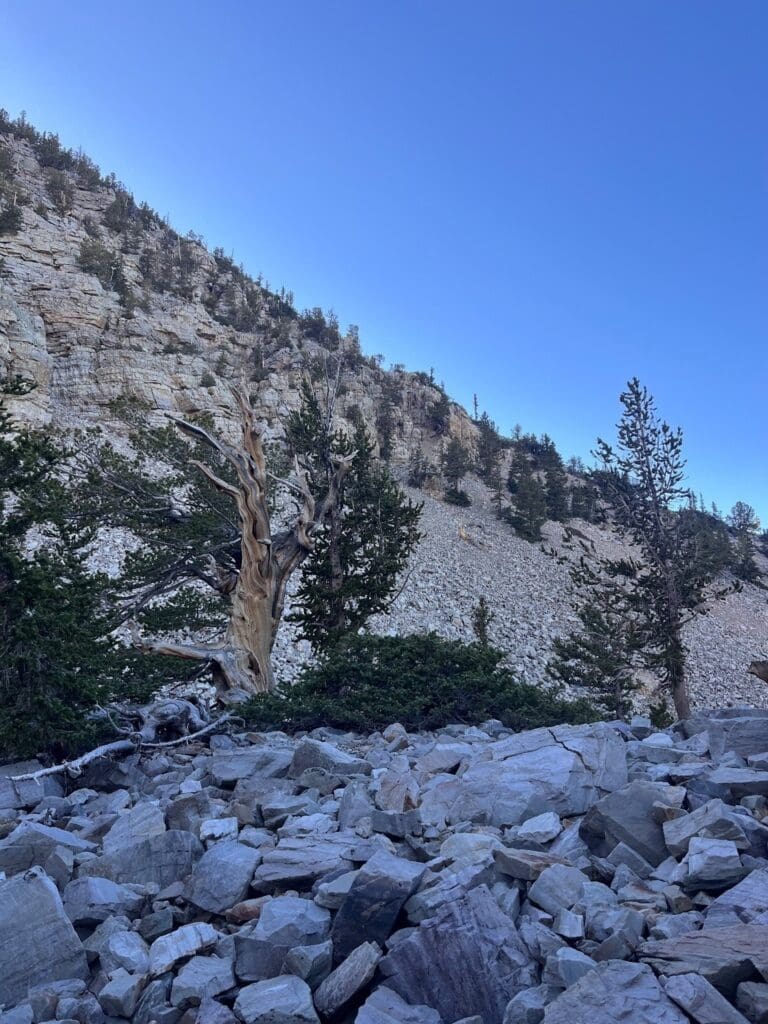
Bristlecone pines provide a window into the past, allowing us to see changes in the climate and local environment. The study of climate history is known as paleoclimatology, and tree rings are a common archive for looking into previous conditions. Tree rings are often studied by taking increment core samples, which involve the extraction of cylindrical tubes from the tree’s inner wood, allowing researchers to study the climate without harming the tree. By looking at a tree’s growth, encapsulated in rings of time, scientists are able to see shifts from rainy to dry seasons, evidence for forest fires, and trends in climate over time. However, the record is showing that over the past 50 years, the GBBP has been growing faster. Why? Temperatures are rising, even at high elevation. Soil moisture levels are lower and photosynthesis is amplified. Bristlecone pines could live perpetually in ideal growth conditions (Lewis, 2024, p. 5). Is this still the case, or will climate change affect their ability to grow in high elevation regions?
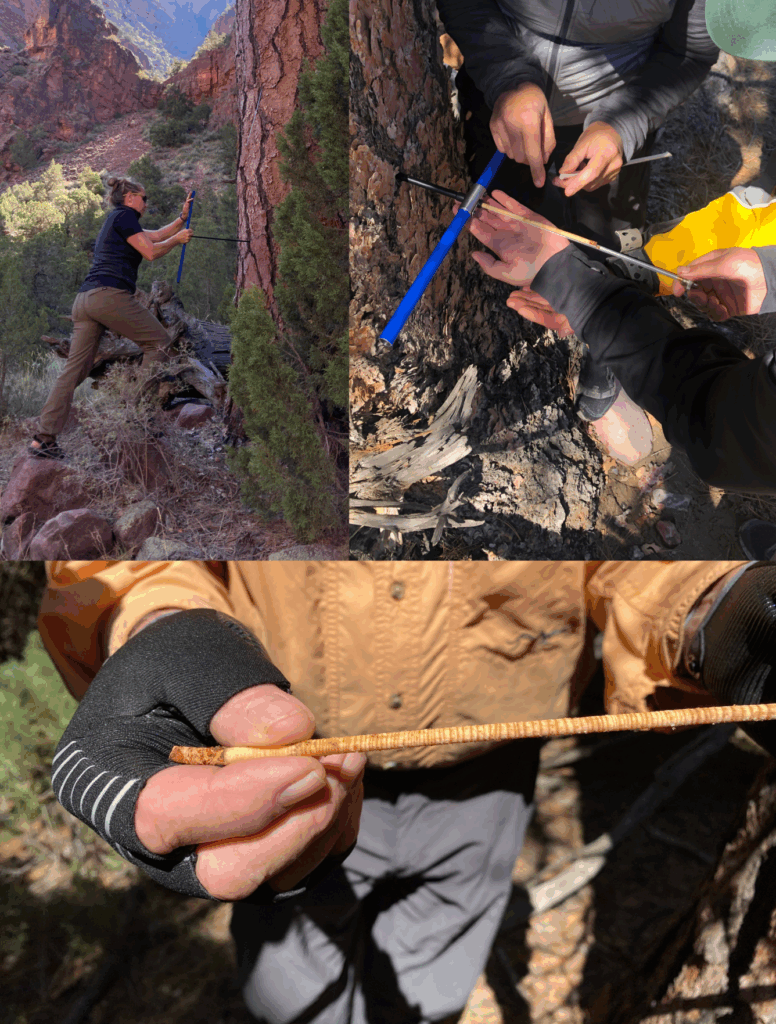
ReBecca Hunt-Foster, NPS Dinosaur National Monument
I’m still standing next to the world’s best timekeeper. The moments that we have shared will live on in my memory. I celebrate this tree, and the complex plate movements and glacial history that molded and carved out this landscape. I wallow in the devastation of cutting down the world’s oldest tree, but also recognize that this action led to increased protection of so many ancient organisms. Great Basin Bristlecone Pines provide an incredible window into the past, allowing us to see how the climate has shifted over thousands of years. Beyond a look into the past, I’ve learned an invaluable lesson – the power of resiliency. GBBPs have adapted to face extreme conditions: rocky soil, intense winds, harsh winter conditions, limited oxygen, and a dry climate. We can also adapt, change, and grow in the most adverse conditions. When my world seems bleak, I’ll hold onto this moment – a powerful reminder of my own strength.

Adrianna Drindak is a rising senior at Dartmouth College studying Environmental Earth Sciences and Environmental Studies. Prior to interning at Bio4Climate, she worked as a field technician studying ovenbirds at Hubbard Brook Experimental Forest and as a laboratory technician in an ecology lab. Adrianna is currently an undergraduate researcher in the Quaternary Geology Lab at Dartmouth, with a specific focus on documenting climate history and past glaciations in the northeast region of the United States. This summer, Adrianna is looking forward to applying her science background to an outreach role, and is excited to brainstorm ways to make science more accessible. In her free time, Adrianna enjoys reading, baking gluten free treats, hiking, and backpacking.
Dig Deeper
- Geologic History of the Western U.S.
- Twelve Trees: The Deep Roots of Our Future
- Paleoclimate Research
- Lewis, D. (2024). Twelve trees: The deep roots of our future. Avid Reader Press/Simon & Schuster.

